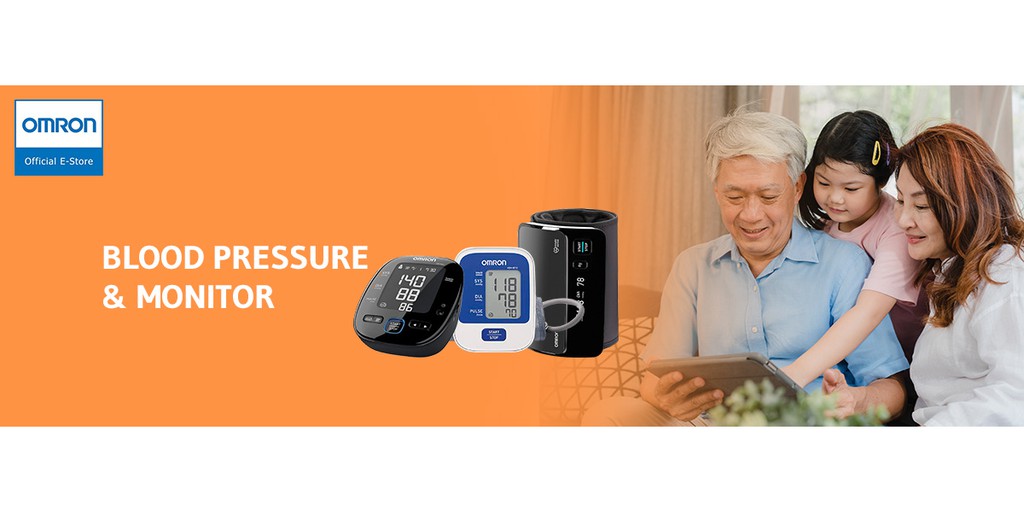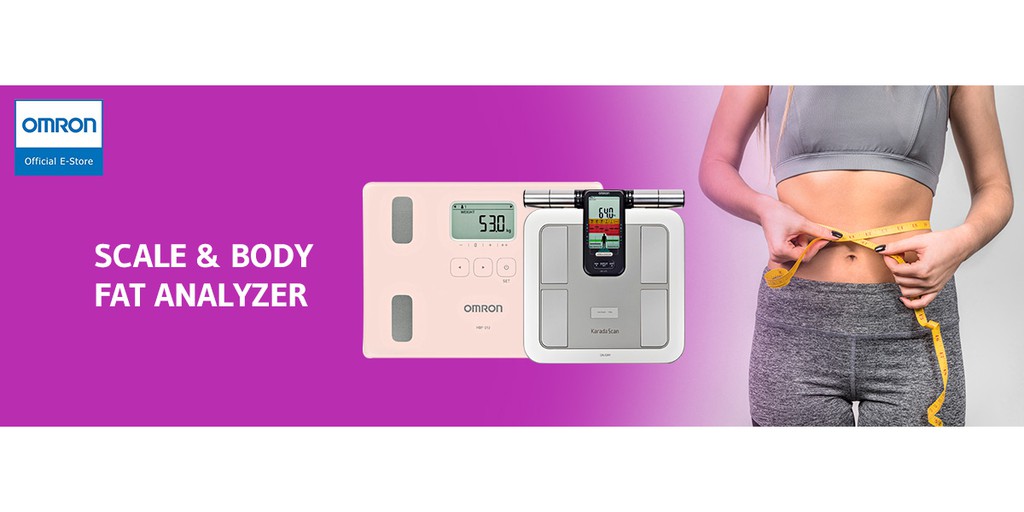Stress ECG (Treadmill Exercise) medical test
Learn about Stress ECG (Treadmill Exercise) medical tests, including what the tests are used for, why a doctor may order a test, how a test will feel, and what the results may mean.
What is Stress ECG (Treadmill Exercise) test?
A stress test is a diagnostic test that collects and records information about how a patient’s heart responds to physical exertion. The test usually involves exercises such as walking on a treadmill, or pedalling a stationary bicycle at varying levels of difficulty. The patient’s heart rate and blood pressure are monitored to show if there is a lack of blood supply through the arteries that go to the heart.
What the Stress ECG (Treadmill Exercise) test used for?
During a stress test, the doctor aims to find out the patient’s heart rate, blood pressure, breathing, and how tired they feel under different levels of physical activity. The test also involves an electrocardiogram (ECG or EKG) test. This is a simple test that records the heart’s electrical activity. It helps the doctor understand how well the heart is working. Doctors can use the stress test to:
- Determine if the blood flow to the brain is sufficient during times of exertion or increasing activity.
- Evaluate the effectiveness of heart medication to control anginas and ischemia.
- Determine the probability of coronary heart disease, and the need for further evaluation.
- Identify abnormal heart rhythms.
- Develop a suitable health programme or recommend the right kind and level of exercise.
How is the procedure performed?
During the stress test, patient will be asked to walk on a treadmill at a brisk pace for about 15 minutes and attempt to reach a certain heart rate (based on the age). Every three minutes, the treadmill will increase in speed and incline. The trained medical technician will supervise patient at all times and patient will not be forced to do more than a patient safely can.
Please allow about 45 minutes for the entire visit. To prepare for stress test:
- Abstain from a heavy meal four hours prior to the test – patient may have a light meal of juice and toast.
- Wear comfortable walking shoes and a two-piece outfit as patient will be asked to undress from the waist up and given a hospital gown to wear.
- Do not smoke or have caffeine for three hours prior to the test.
- Patient is advised to bring a list of current medications.
- Patient should ask the doctor whether should take the regular medications prior to the test.
What will be the results interprets?
Possible results of the test include:
- normal blood flow during exercise and rest.
- normal blood flow when resting but not during exercise, possibly indicating a blocked artery.
- low blood flow when exercising and resting, suggesting coronary artery disease.
- no dye in some parts of the heart, implying tissue damage.
If the stress test is normal, no further tests will be needed. If results suggest a coronary artery blockage, further tests or surgical intervention may be necessary. This could be a balloon angioplasty and stent placement, or a coronary artery bypass.


